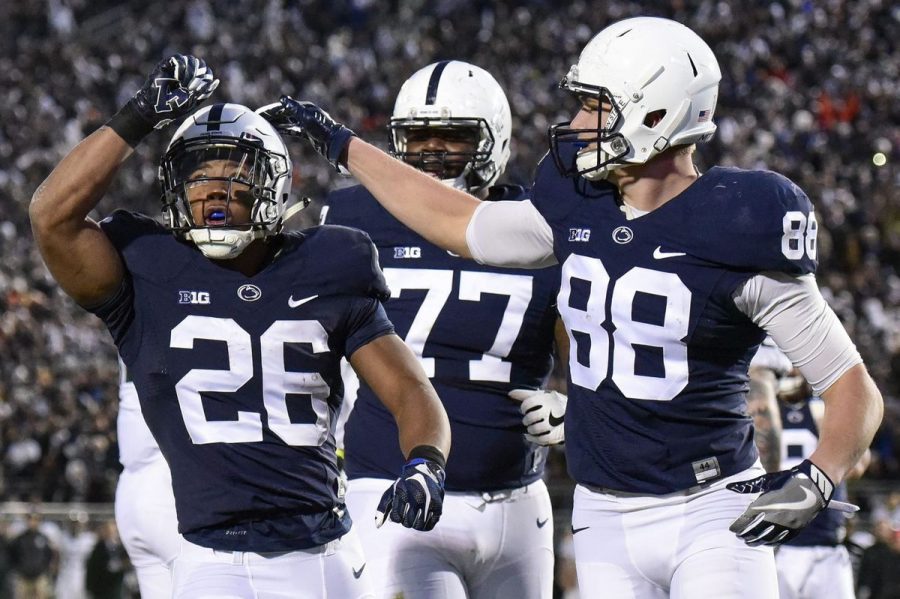Is College Football Our Saving Grace for Tuition?
December 14, 2017
Today, many people say that college costs an arm and a leg. With these new tuition hikes occurring at many colleges, including Penn State, this phrase is becoming more and more accurate. I think that there might be a solution to this for some colleges, and it involves probably the biggest part of college: college football.
Education is supposed to be priceless, but these days, it has a pretty big price tag attached to it that leaves many students surrounded in debt and stress. According to U.S. News, the average in-state tuition for public universities has increased from $6,468 to $10,691, today. That’s an astounding 65% jump. It doesn’t end there though, with the average tuition at private universities increasing by 49%, and the average out of state tuition climbed 55%. Take Penn State for example. In the 2016-2017 school year, its tuition was $19,347 and had been steadily increasing an average of 6.4% every year. I know that right now, you are probably thinking about how you are ever going to come up with the money to pay for all of this for 4 years or more, and others of you have probably just given up thinking about it at this point. There has to be something that can fix this, right?
The solution to this may rest in 4 letters: E-S-P-N. ESPN is currently paying $7.3 billion over the span of 12 years to telecast 7 games per year- 4 major bowl games, 2 semifinal bowl games, and the national championship game. Every school with a Division I team will get to share the bounty, and they don’t even have to make the playoffs to still get the payoff. How much is this actually? For all 14 of the Big Ten schools (no that wasn’t a typo), their base revenues will increase from about $28 million to about $50 million. That’s an extra $22 million flowing into each of these schools every year. This could be used for both academic and athletic benefits. Some of this money could be used for financial relief for families, and the rest could be put towards the athletic departments. The concept of this isn’t new. The University of Texas has the most profitable college football program in the country and has been contributing roughly $8 – $9 million to the university for the past few years. Even better, this isn’t taking any money away from what the athletic departments already have. They can keep all of their current revenue, so it would only actually involve the sharing of new money.
Throughout the years, athletic revenues have increased while public universities have seen their funding plummet, but now this difference could be used to help both of them. Tuition could be lowered while more money could be used for sports without having to cut anything all thanks to sports broadcasting. Now, maybe ESPN can be both “The Worldwide Leader in Sports” and “The Worldwide Leader in Tuition Relief.”











